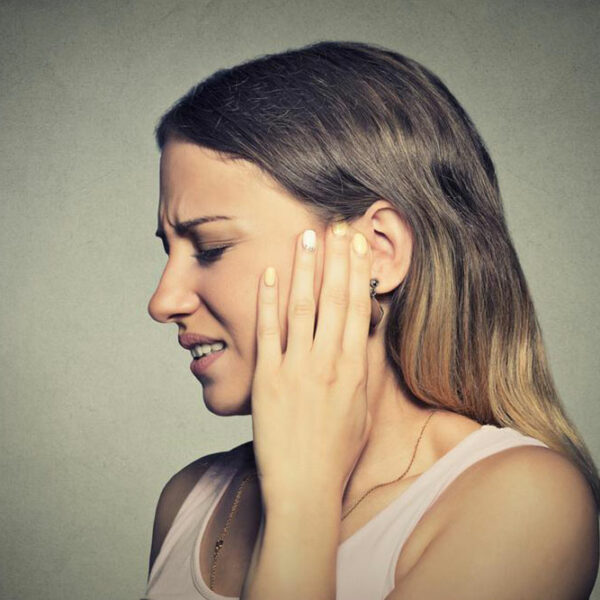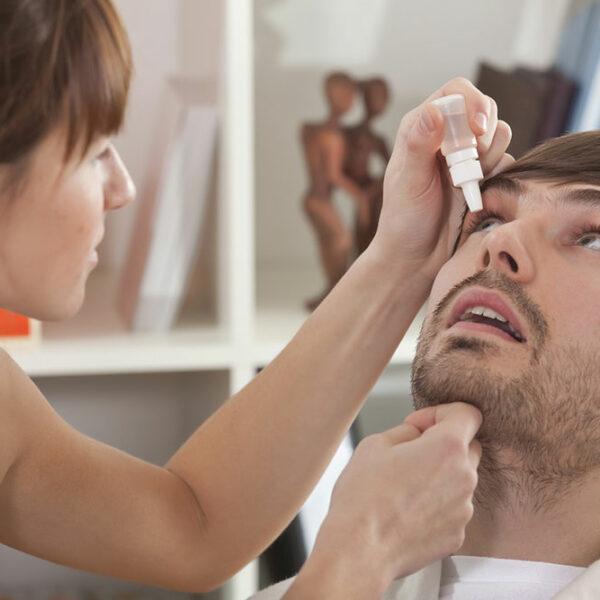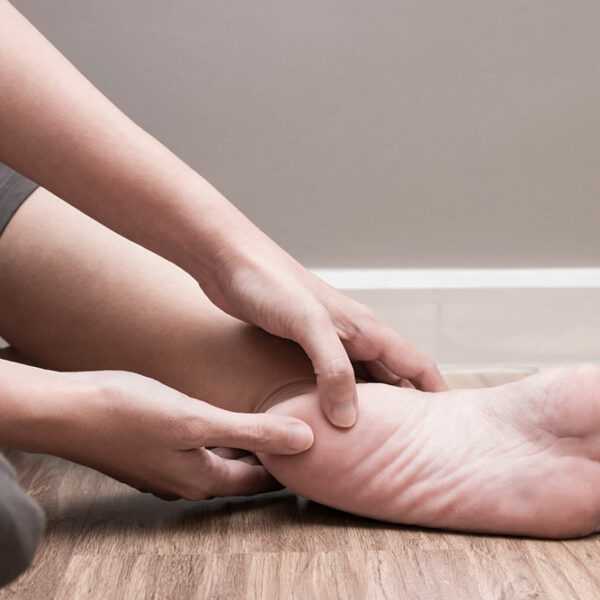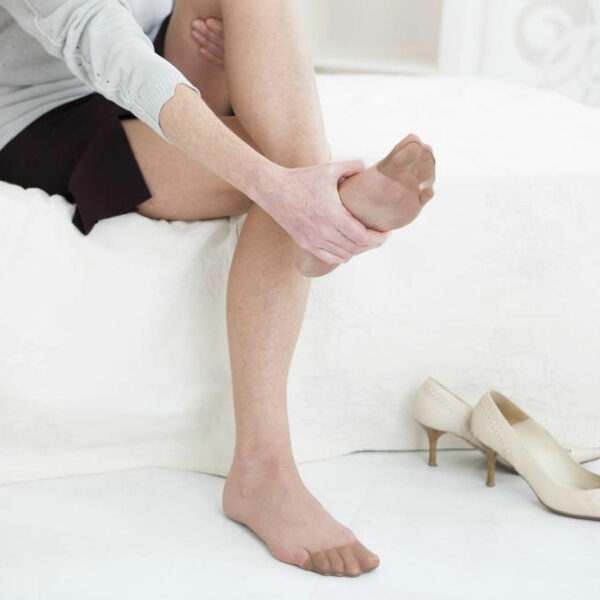
Diagnosis and Treatments of Postherpetic Neuralgia
Postherpetic neuralgia is a complication of shingles, caused by the chickenpox virus. It affects nerve fibers and skin, causing burning sensations that last long after the rash and blisters of shingles disappear. The danger of postherpetic neuralgia rises with age, primarily concerning people older than 60. There is no permanent cure, but treatment can help to ease the pain. The signs and symptoms are limited to the first occurrence of shingles outbreak on your skin. The shingles mostly break around the trunk or usually on one side of your body. These three signs and symptoms can be of concern: You have been experiencing pain from the last three months or longer post the shingles rash has healed. One experiences burning, sharp and jabbing, or deep and aching pain. Skin becomes sensitive to touch. People often cannot stand the slightest of sensation or contact like cloth rubbing the affected area. Some experience Itching and numbness around the affected area. Diagnosis Most cases do not require any tests to be done. Doctors touch the border of the affected area on your skin to determine the severeness. Treatment No particular postherpetic neuralgia treatment can help relieve all people. For many affected patients, it takes a combination of treatments to reduce the pain.









